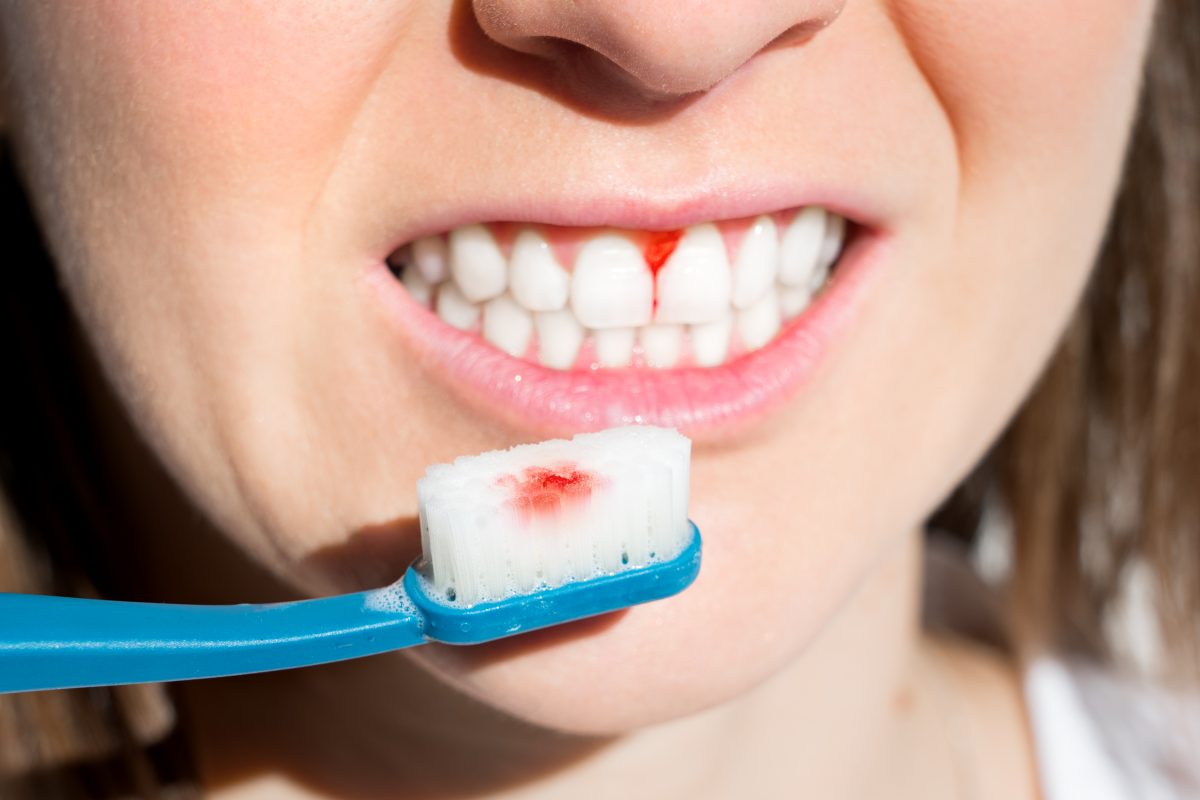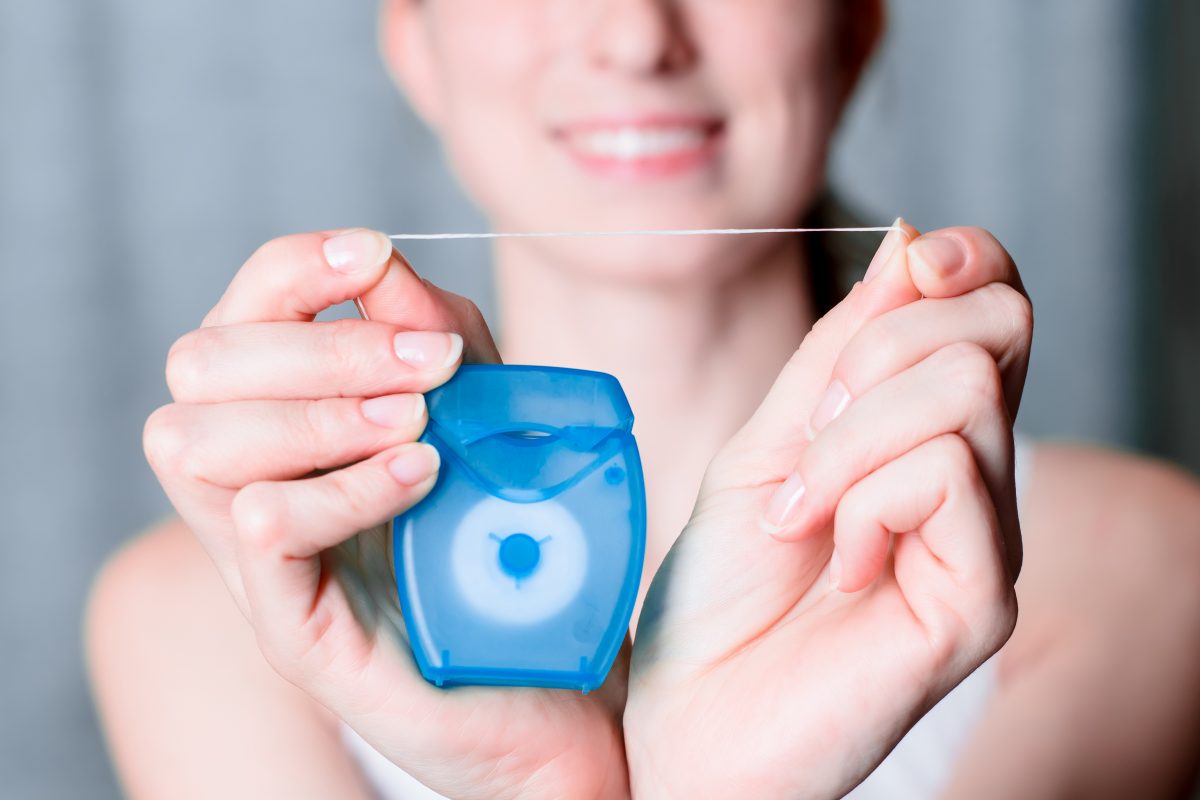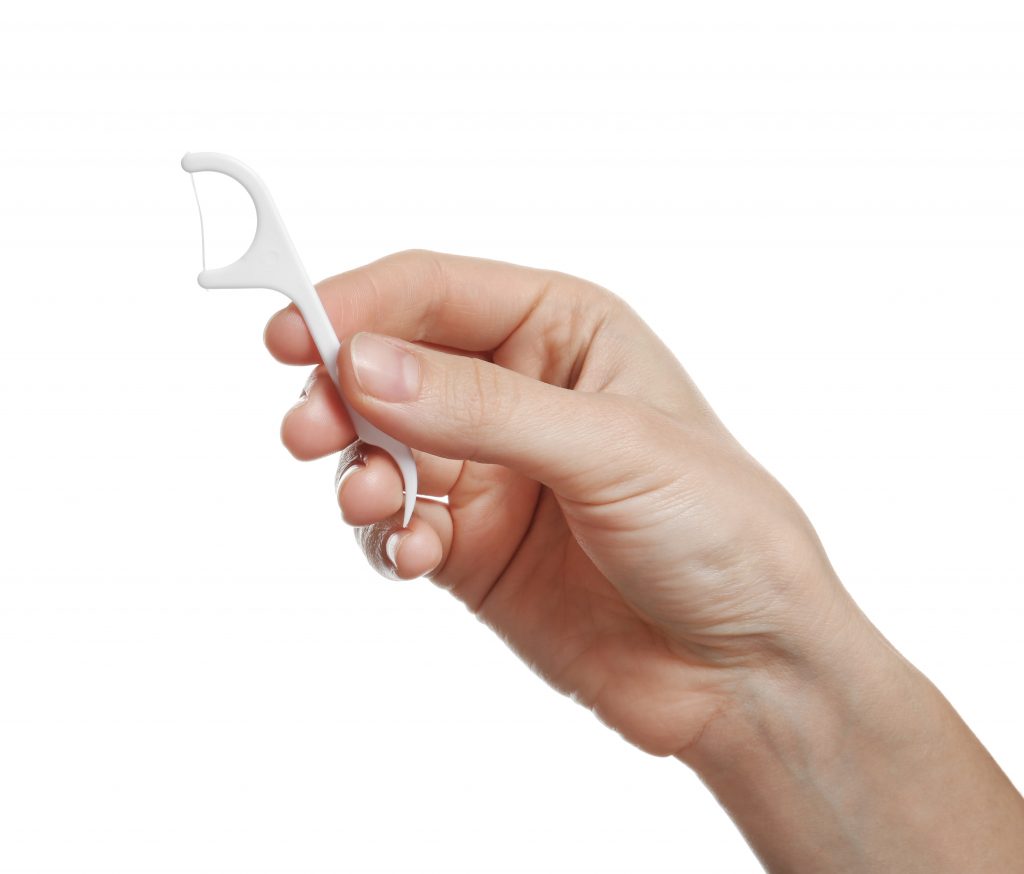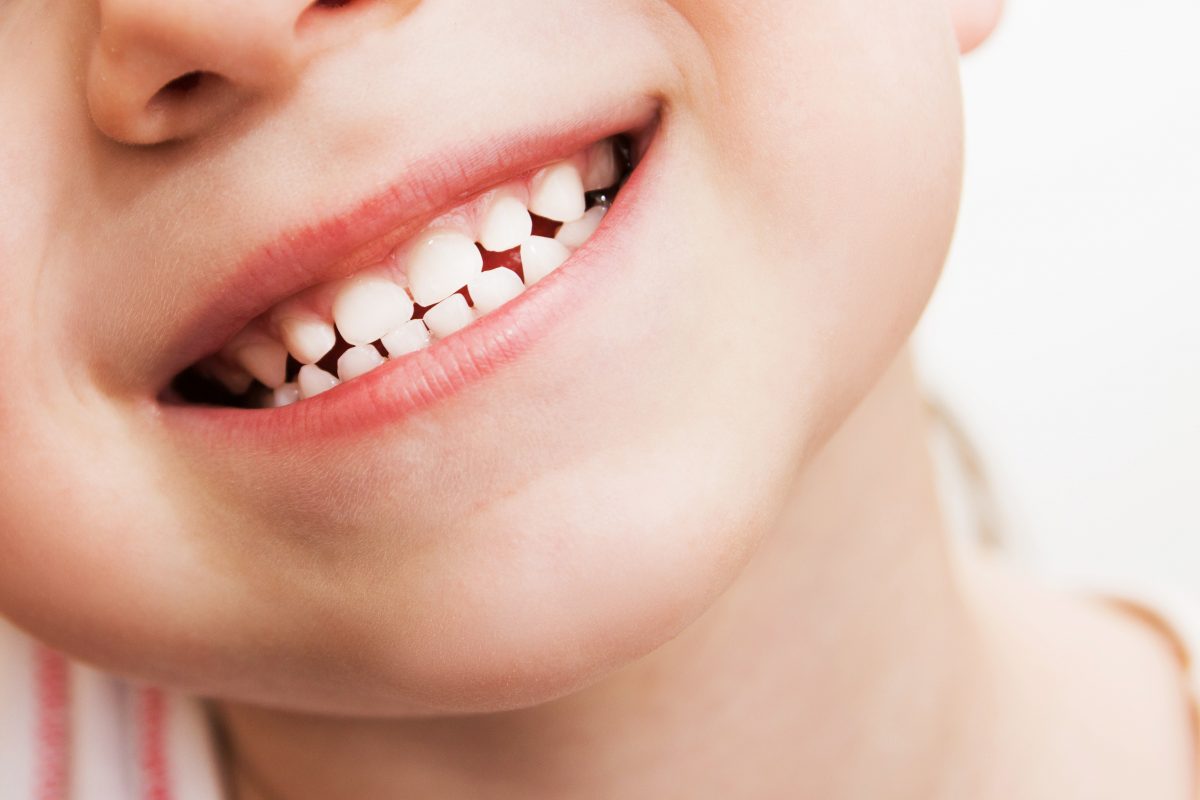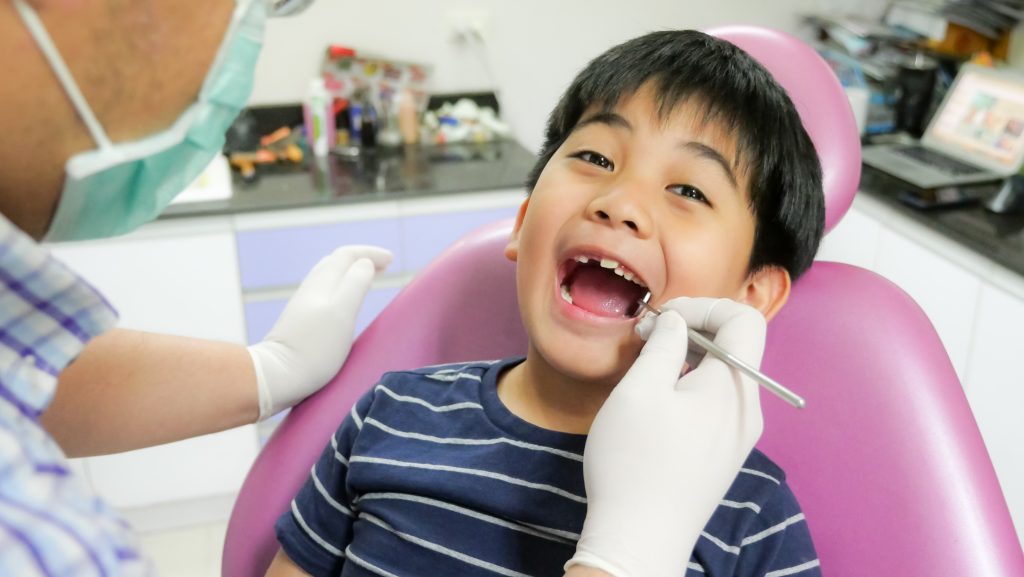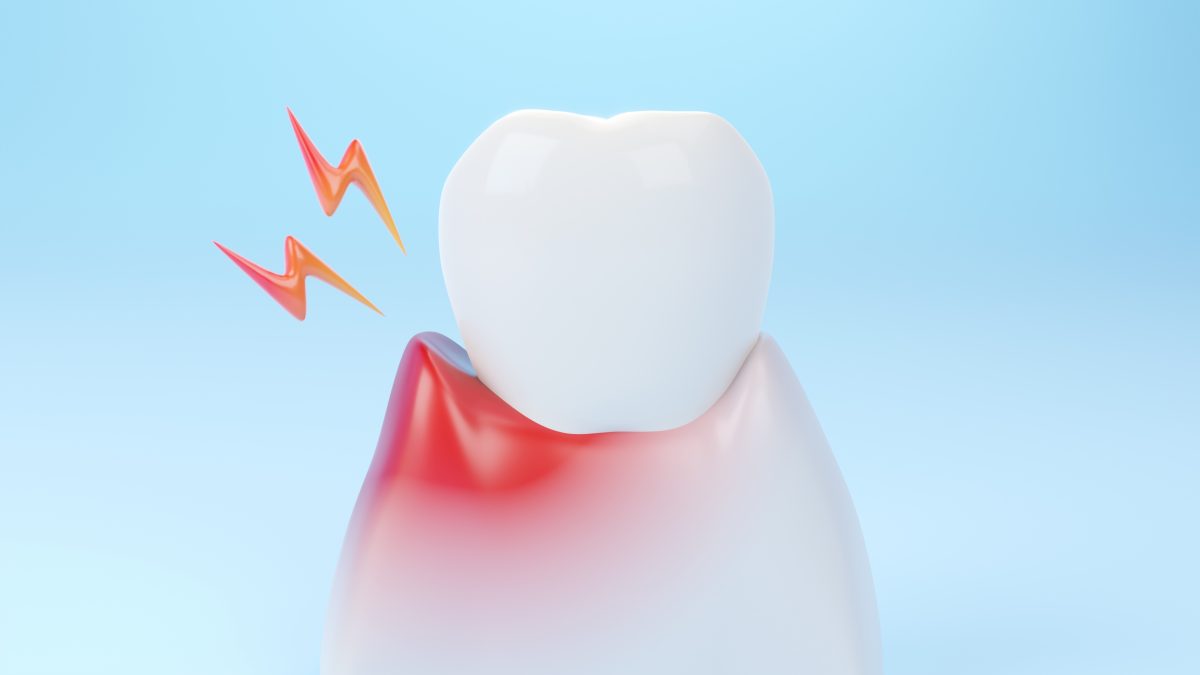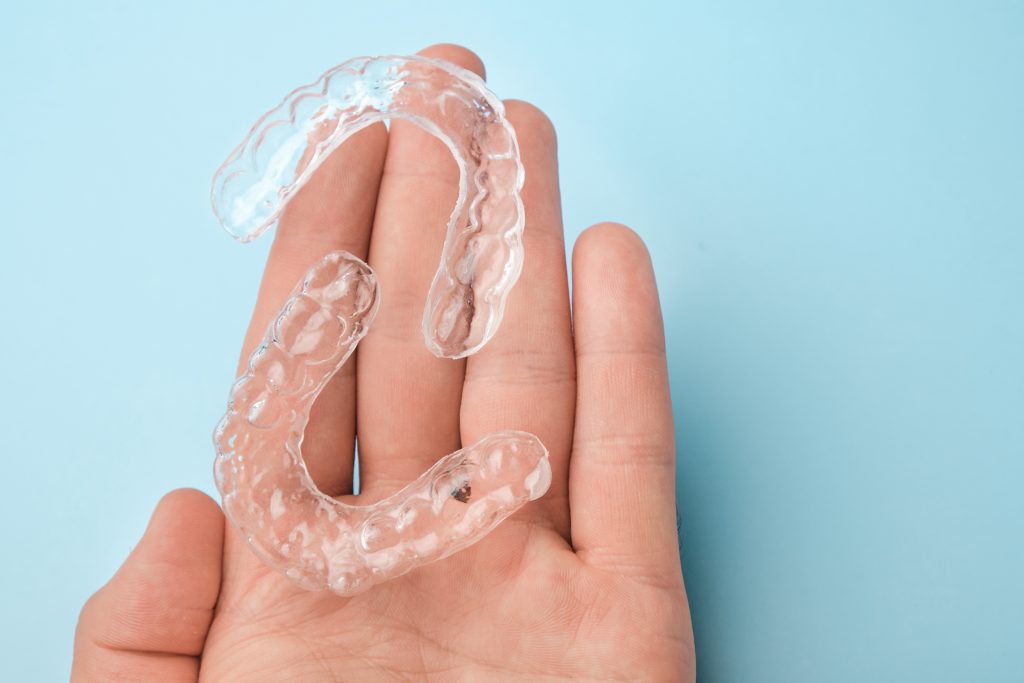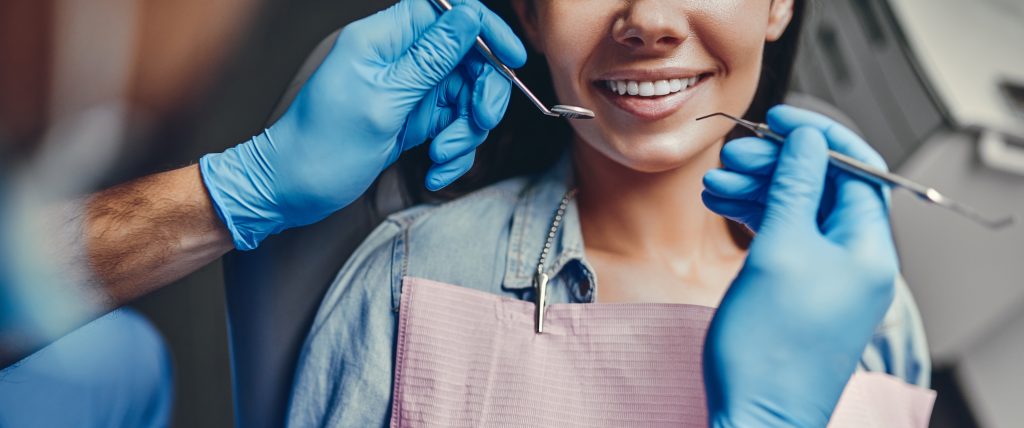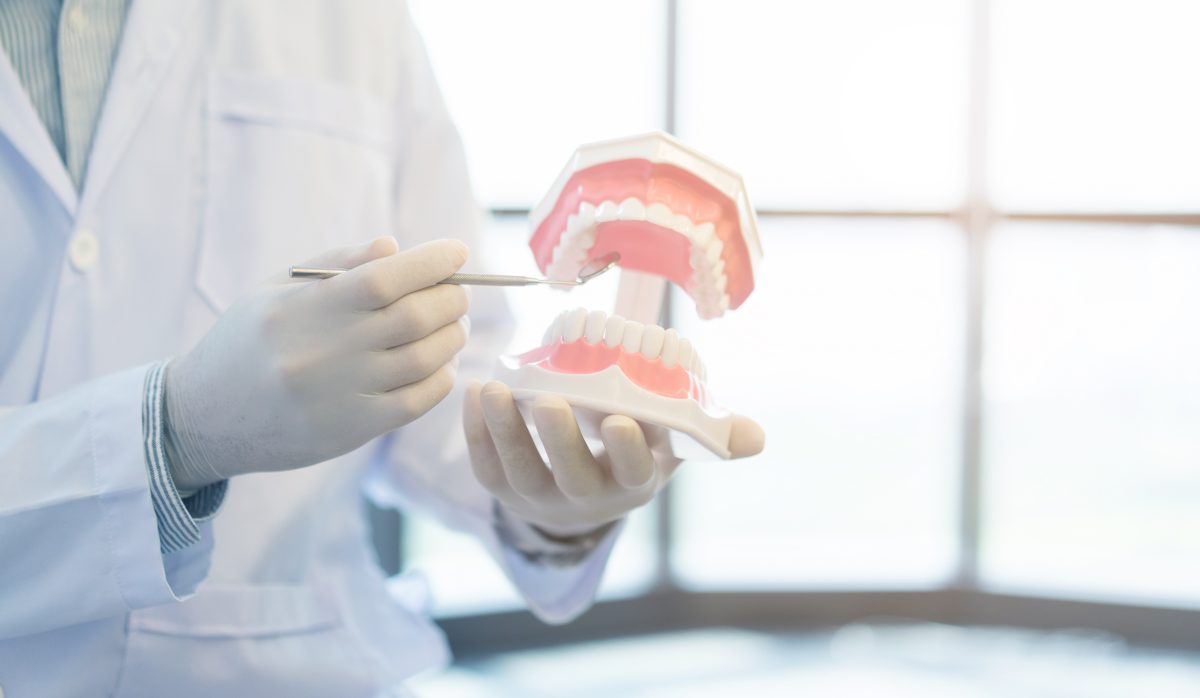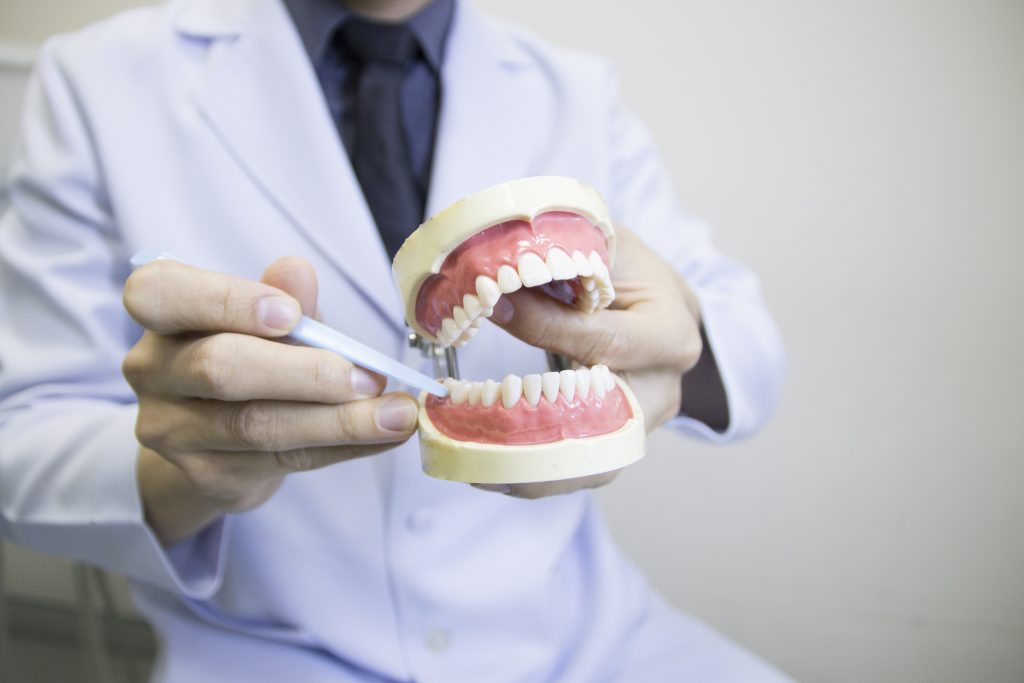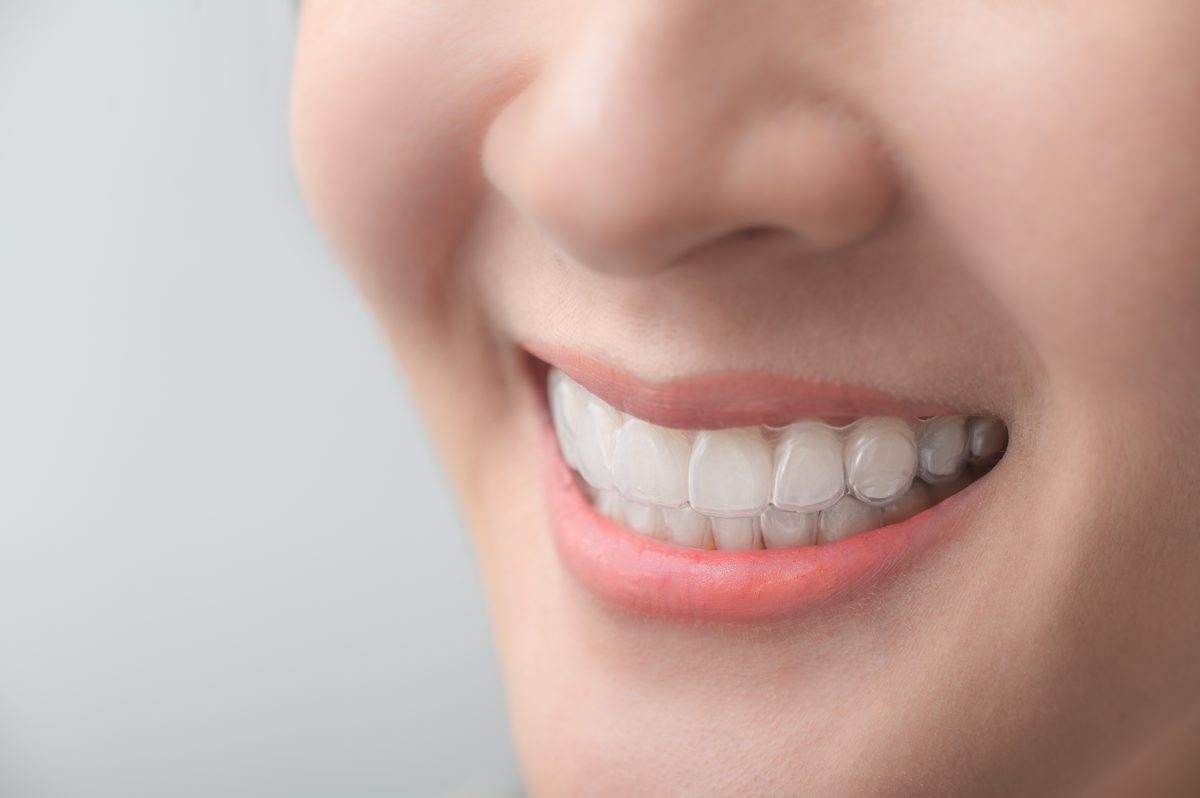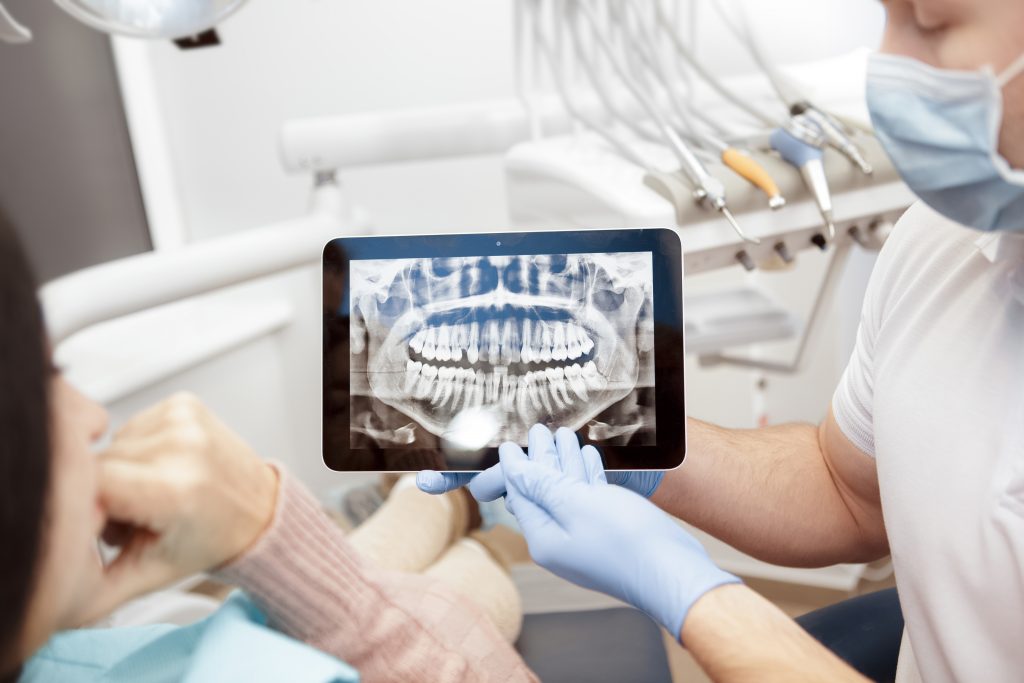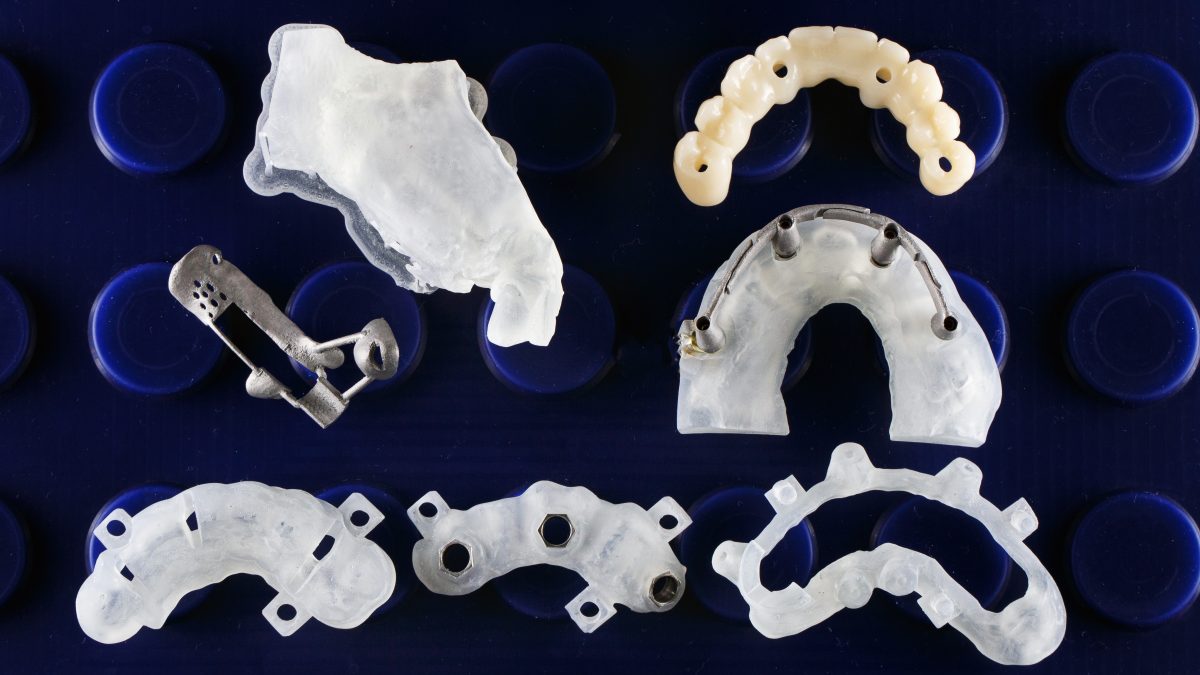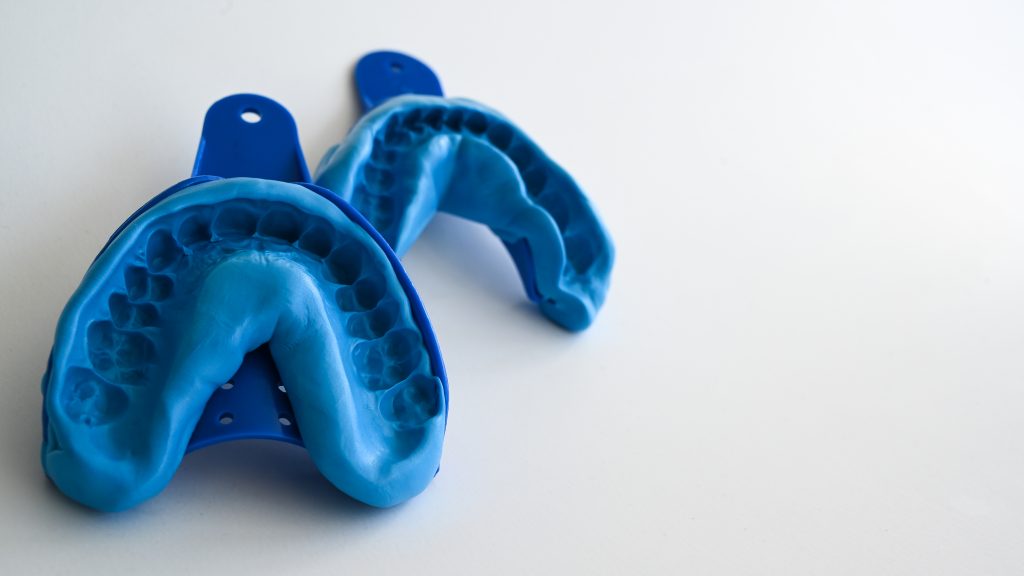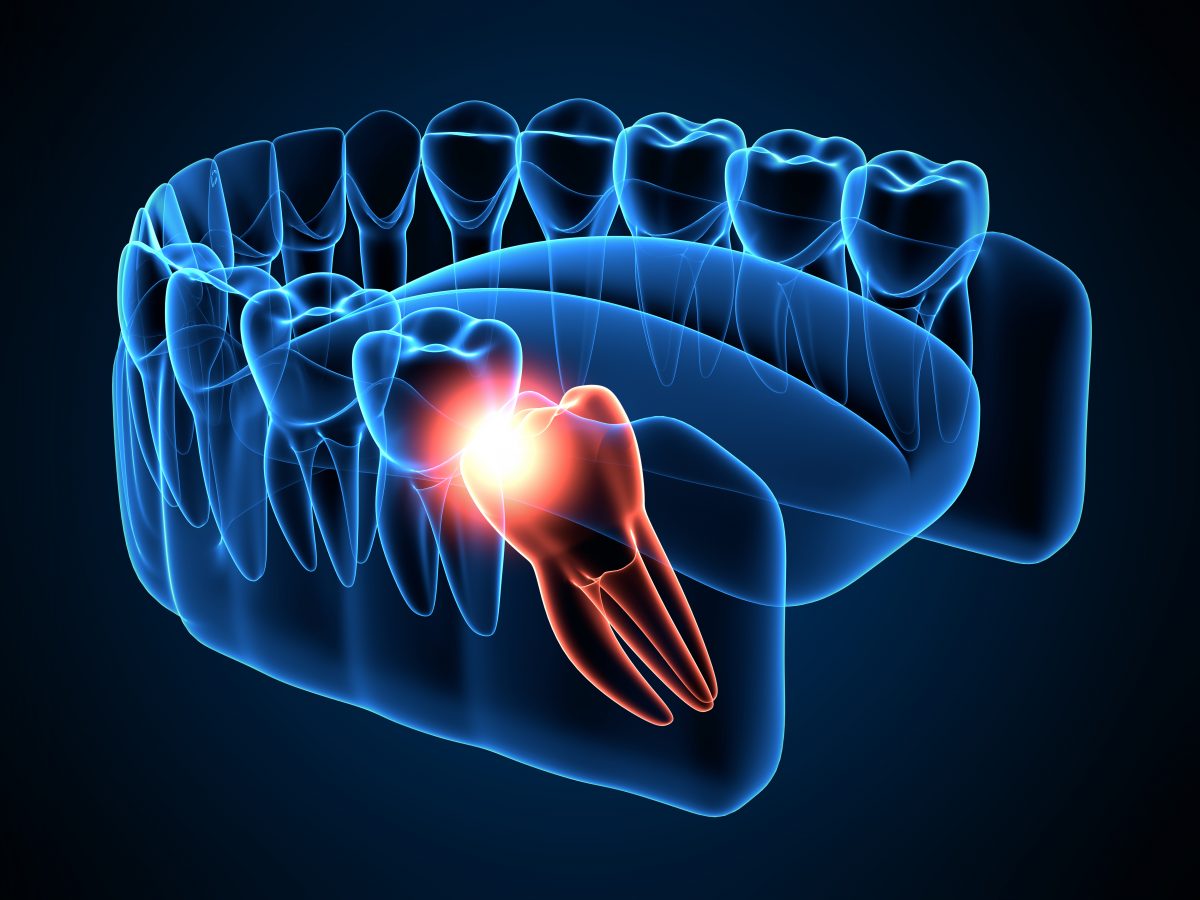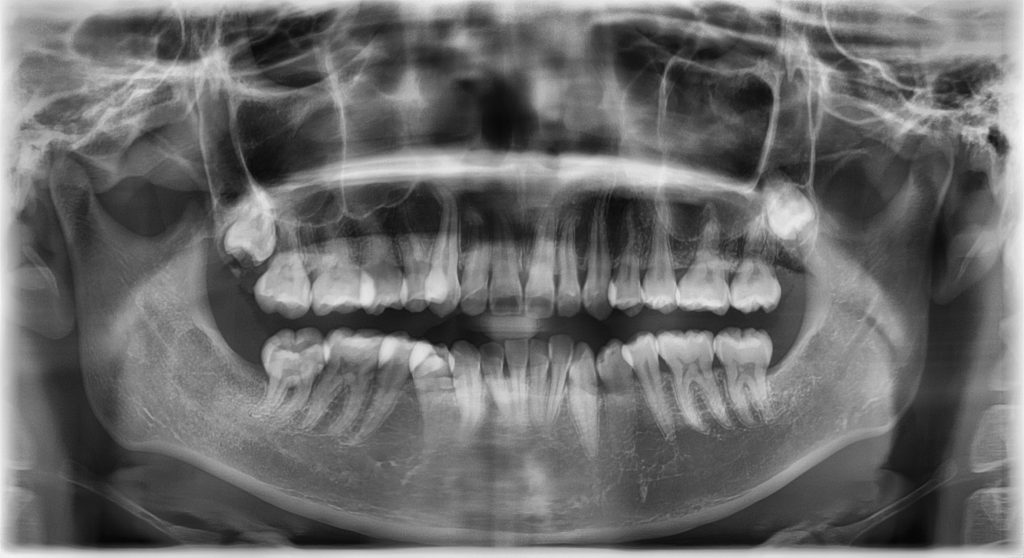Bleeding gums are not a normal part of our oral health. In the vast majority of cases, there’s an underlying problem causing those red, irritated, and bleeding gums. In this blog post, we’ll discuss risk factors for gum disease, when to call your doctor about bleeding gums, and what you can do to avoid this condition in the future.
What Causes Bleeding Gums?
The most common cause of bleeding gums is inflammation. This can be caused by plaque buildup on the teeth, which leads to gingivitis (inflammation of the gums). Gingivitis is reversible with good oral hygiene, but if left untreated, it can progress to periodontitis (inflammation of the tissues around the tooth), which is irreversible.
Other causes of bleeding gums include:
- Use of blood thinners
- Leukemia
- Hemophilia
- Scurvy (vitamin C deficiency)
- Pregnancy
What is periodontitis?
Periodontitis is a serious gum infection that damages the soft tissue and destroys the bone that supports your teeth. Periodontitis is usually caused by plaque, a sticky film of food debris, bacteria, and saliva. Plaque constantly forms on your teeth, even if you brush and floss regularly. If plaque isn’t removed, it hardens into tartar (calculus), which can only be removed with professional cleaning.
As tartar builds up under your gumline, it causes your gums to become inflamed. This is called gingivitis. Gingivitis is a mild form of periodontitis. It causes gums to swell and bleed easily. Gingivitis is reversible with good oral hygiene. However, if gingivitis isn’t treated, it can progress to periodontitis.
In periodontitis, the inner layer of your gum and bone pull away from your teeth and form pockets. These small spaces provide an easy place for bacteria to grow and cause further damage. As periodontitis progresses, the pockets deepen and more gum tissue and bone are destroyed. Teeth may eventually become loose and have to be removed.
Periodontitis is a serious infection that can lead to tooth loss if not treated promptly by a dentist or periodontist (a dentist who specializes in treating gum diseases).
What are the risk factors for periodontitis?
There are a number of risk factors that can contribute to the development of periodontitis, including:
- Smoking
- Poor oral hygiene
- Certain medical conditions (e.g., diabetes, HIV/AIDS, leukemia)
- Family history of periodontitis
- Use of certain medications (e.g., corticosteroids, cancer chemotherapy drugs)
How is periodontitis treated?
Periodontitis is treated by a dentist or periodontist through a process called scaling and root planing. Scaling involves the removal of plaque and tartar from above and below the gum line. Root planing gets rid of rough spots on the tooth root where bacteria can grow.
Signs of Gum Disease
If you’re concerned about bleeding gums, there are a few things you can look for at home to see if you might have gum disease. Here are some signs to look out for:
- Bleeding gums when you brush or floss your teeth
- Red, swollen, or tender gums
- Gums that pull away from your teeth
- Pus between your teeth and gums
- Persistent bad breath
- Loose teeth
If you notice any of these signs, it’s important to see a dentist right away so they can diagnose the problem and recommend treatment.
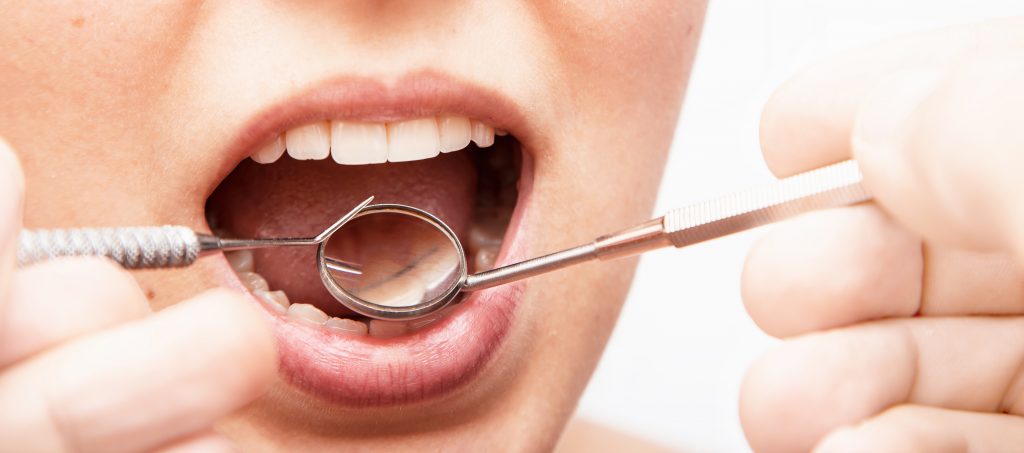
When to be Concerned with Gum Disease
If you have bleeding gums, it is important to determine whether or not the cause is gum disease. While bleeding gums can be caused by a number of factors (including brushing too hard, flossing too vigorously, or even eating certain foods), gum disease is a serious condition that requires treatment.
Prevention and Treatment Options
If you are concerned about bleeding gums, there are a few things you can do to prevent and treat the condition. First, be sure to brush and floss your teeth regularly. This will help remove plaque and bacteria that can cause gum disease. You can also use an antibacterial mouthwash to help keep your gums healthy. If your gums are already bleeding, you can try using a salt water rinse or a hemostatic agent to help stop the bleeding. You should see your dentist if the bleeding persists or if you have other symptoms of gum disease, such as redness, swelling, or pain.
To further assist in keeping your gums healthy and ultimately uncover your most beautiful smile, you may want to explore ALINA invisible braces as an option. Learn a bit more about how ALINA works if that sounds interesting to you.
Why you should choose ALINA for invisible braces
ALINA invisible braces are specially designed to allow wearers to truly uncover their smiles. Make ALINA your choice for your partner to a beautiful smile if you want a product with:
- Better materials – ALINA is made from a space-age, highly durable material with just the right amounts of flexibility and rigidity, to uncover your smile gently but effectively.
- Better technology – ALINA is powered by its AlinaSmile technology, which uses Artificial Intelligence to determine your most beautiful smile, according to your face shape and the world-renowned Golden Ratio.
- Better results – With more than 25 years of experience in the US and Canada, as well as thousands of patients’ beautiful smiles uncovered, the results of partnering with ALINA speak for themselves.
Book a consult today to begin your journey to your most beautiful smile!

